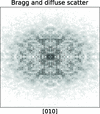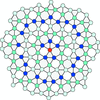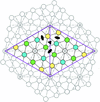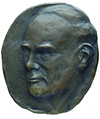issue contents
January 2019 issue

Cover illustration: The combined use of Bragg reflections and diffuse scatter for structure determination is demonstrated by Morgan et al. [Acta Cryst. (2019), A75, 25-40], who show that continuous diffraction due to random displacements of protein molecules from each crystal lattice site provides the information needed to determine the structure without prior knowledge. The cover image shows how the uniqueness of the solution can be illustrated by considering the autocorrelation functions of a pair of ducks.
scientific commentaries

advances
aperiodic 2018
 access
access access
accessfoundations
aperiodic 2018
 access
access access
access

 access
access

 access
accessinternational union of crystallography





 journal menu
journal menu






































